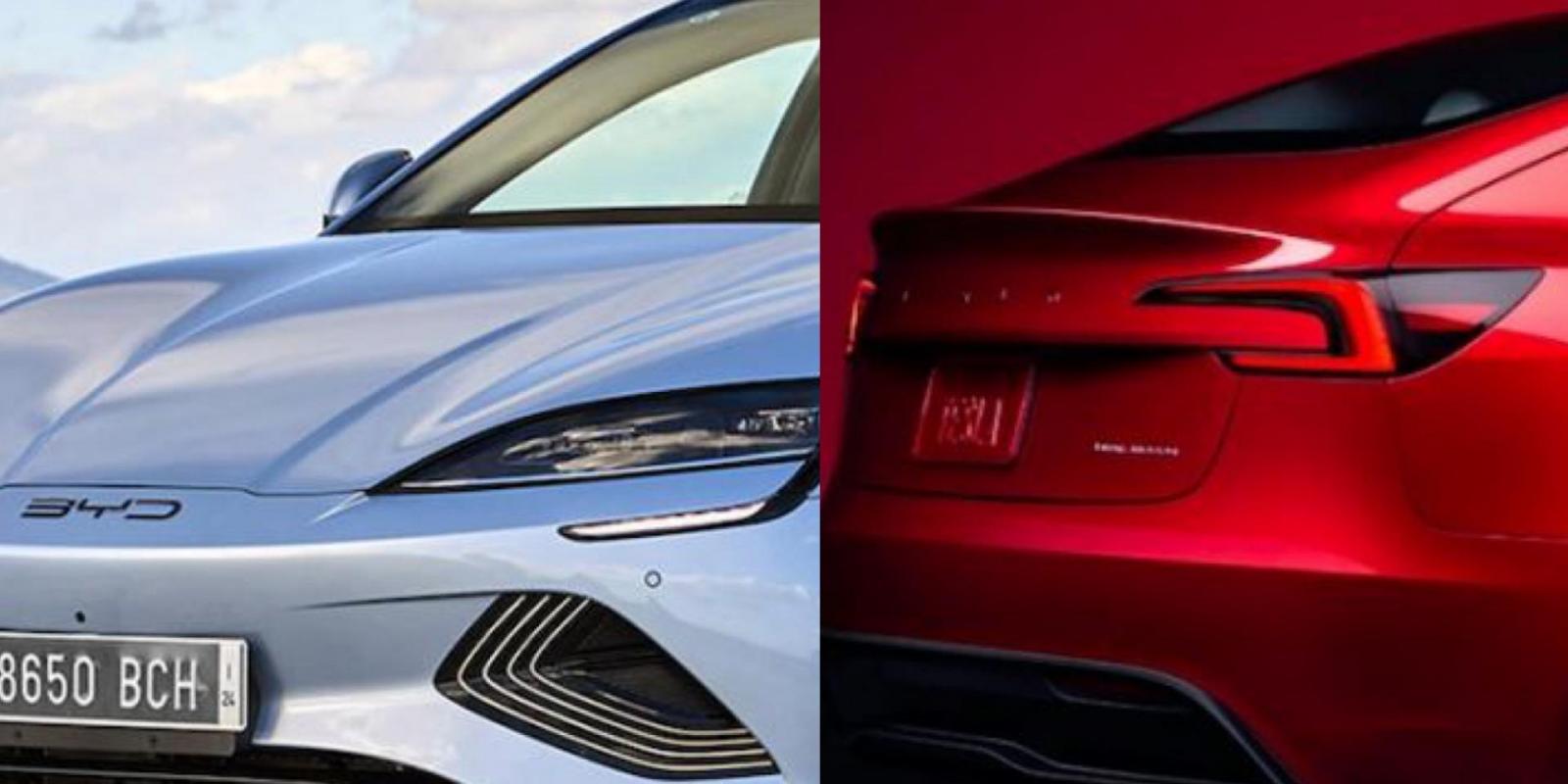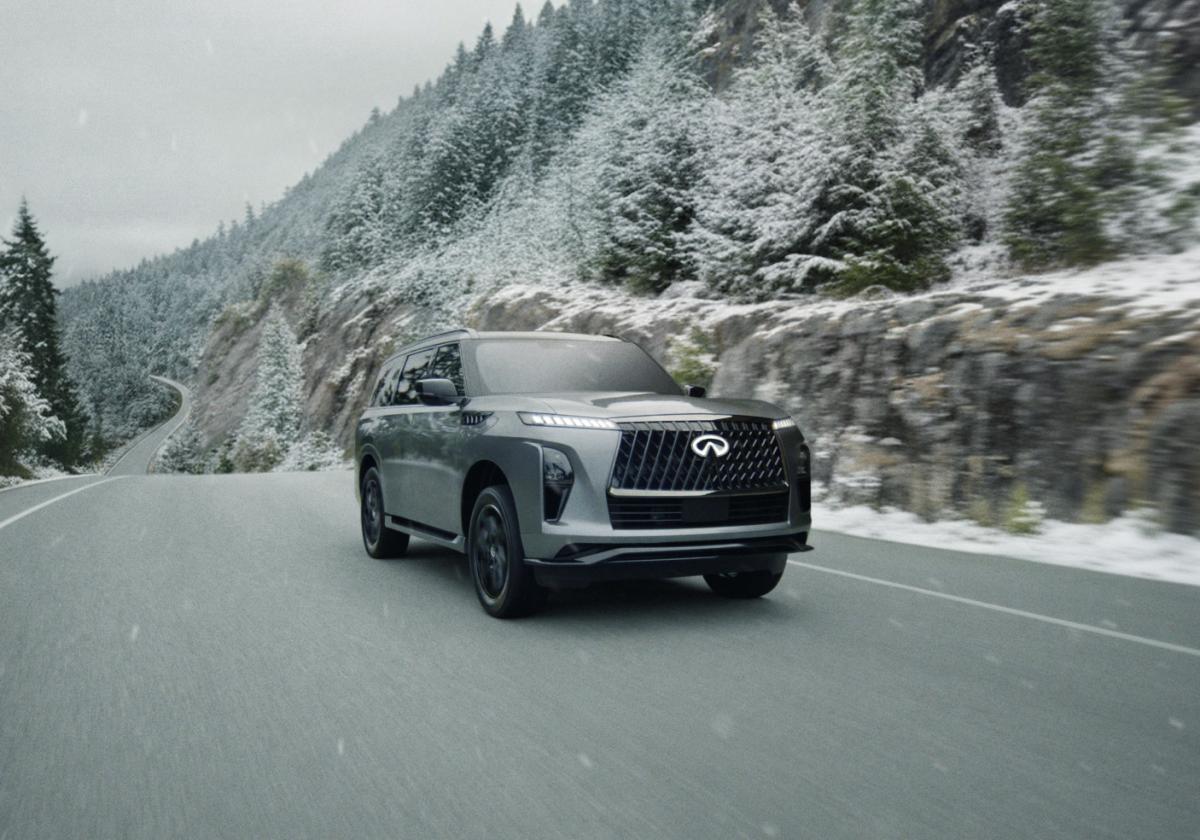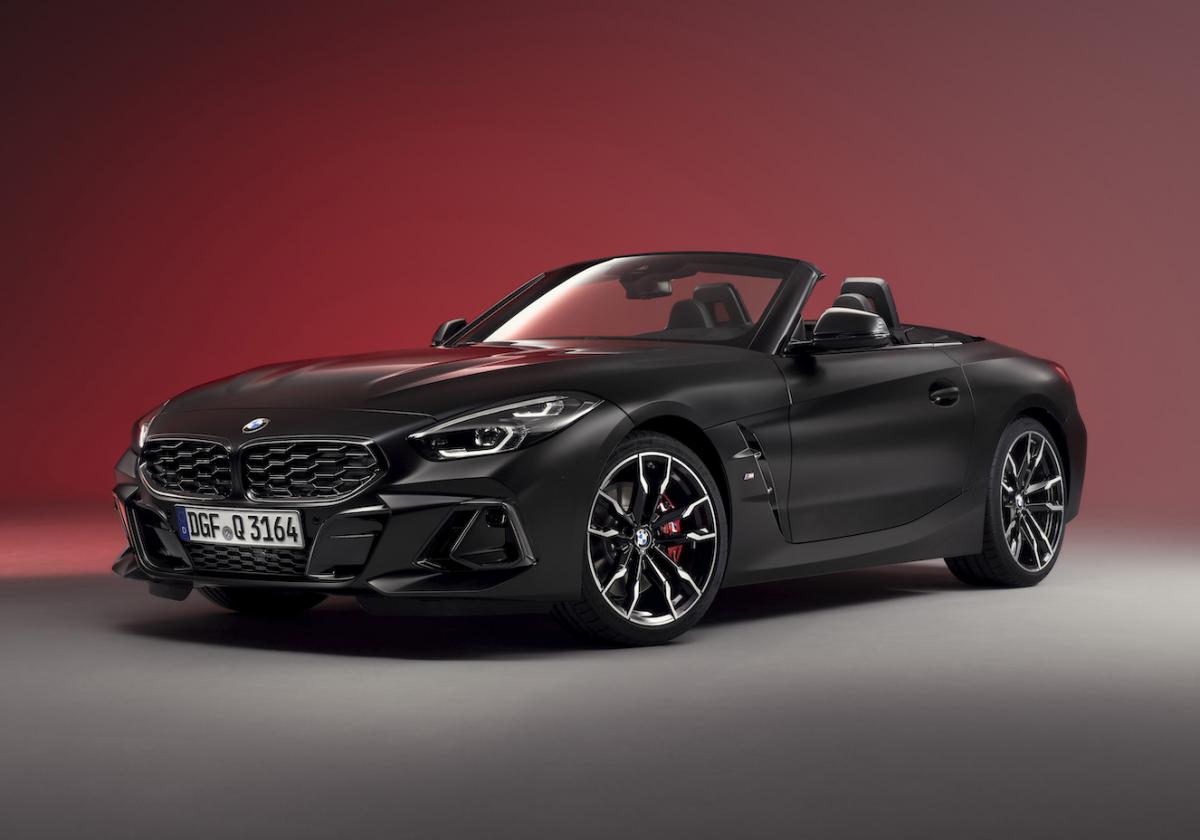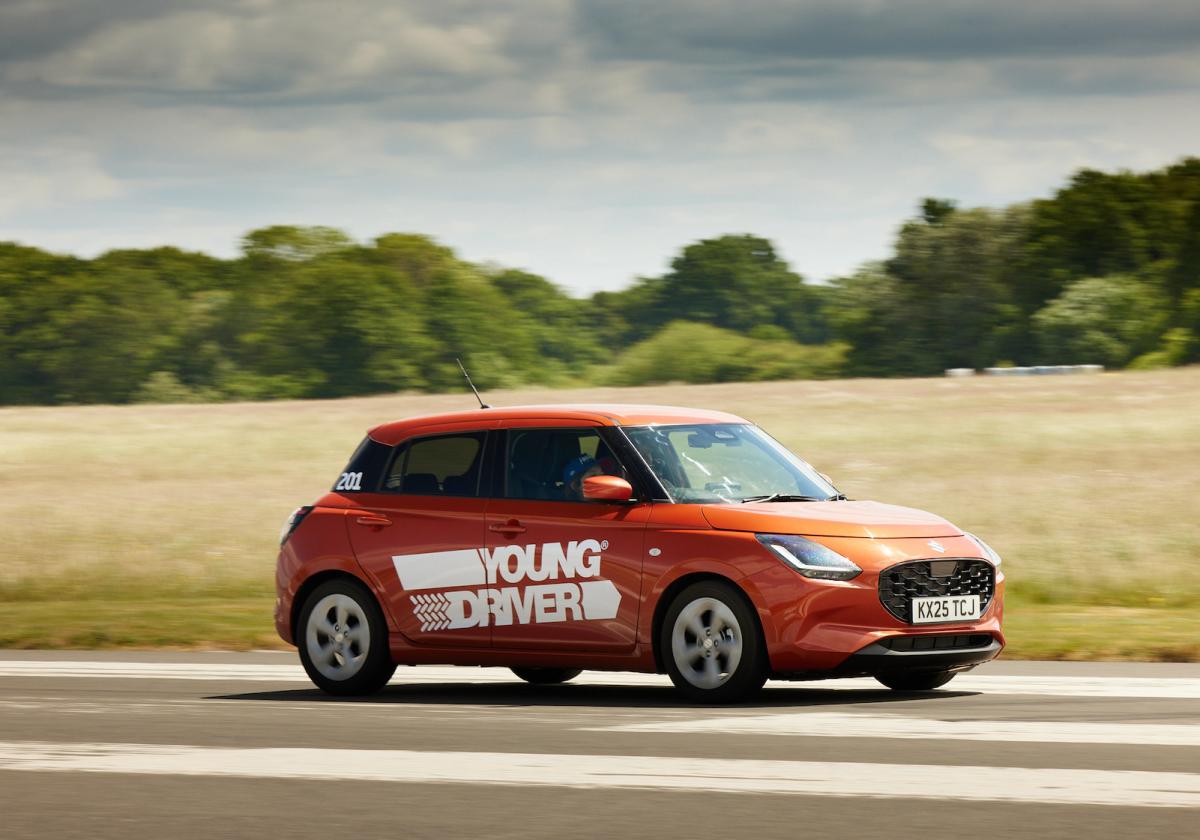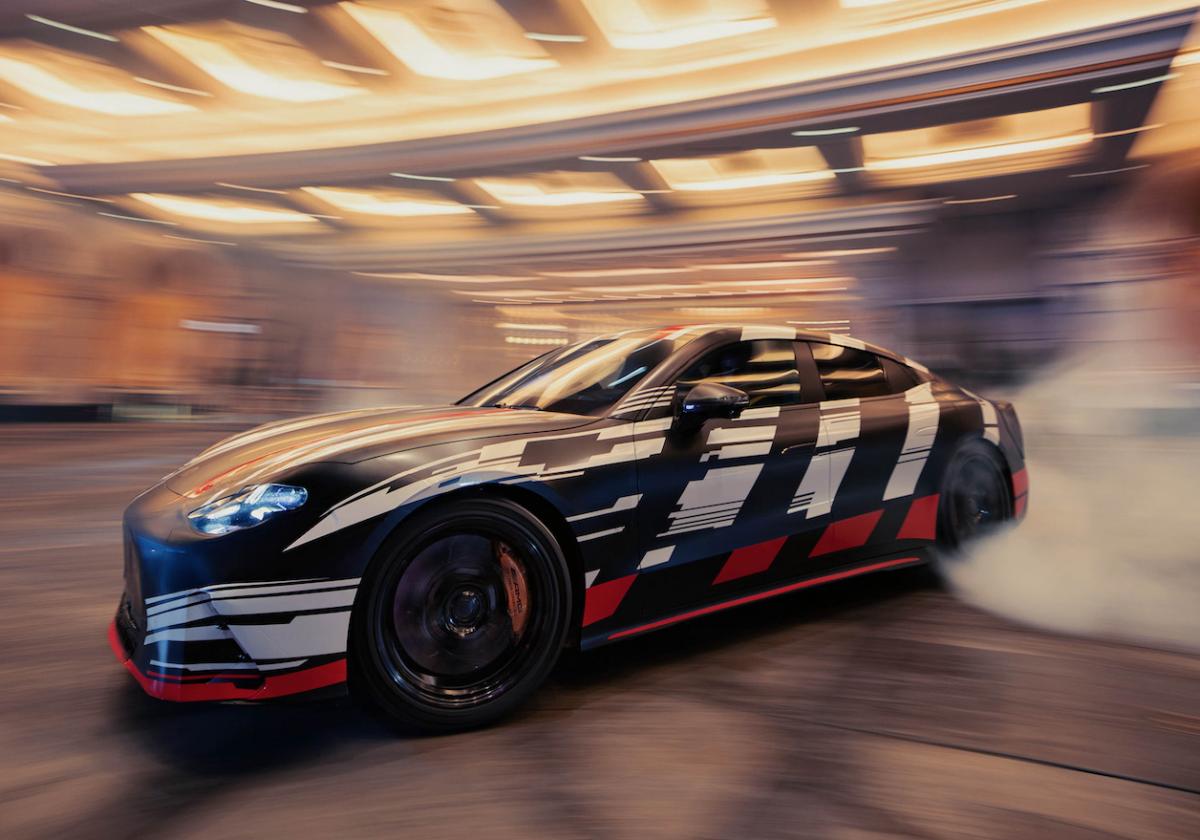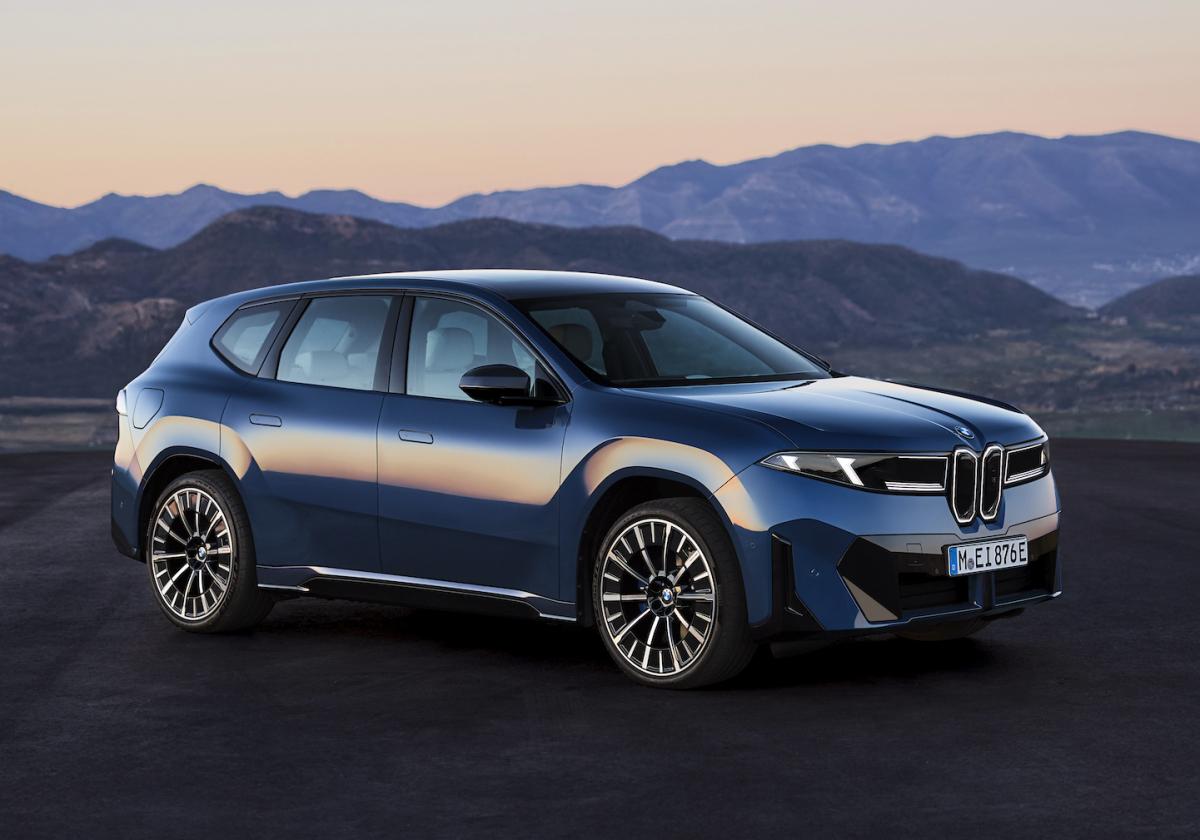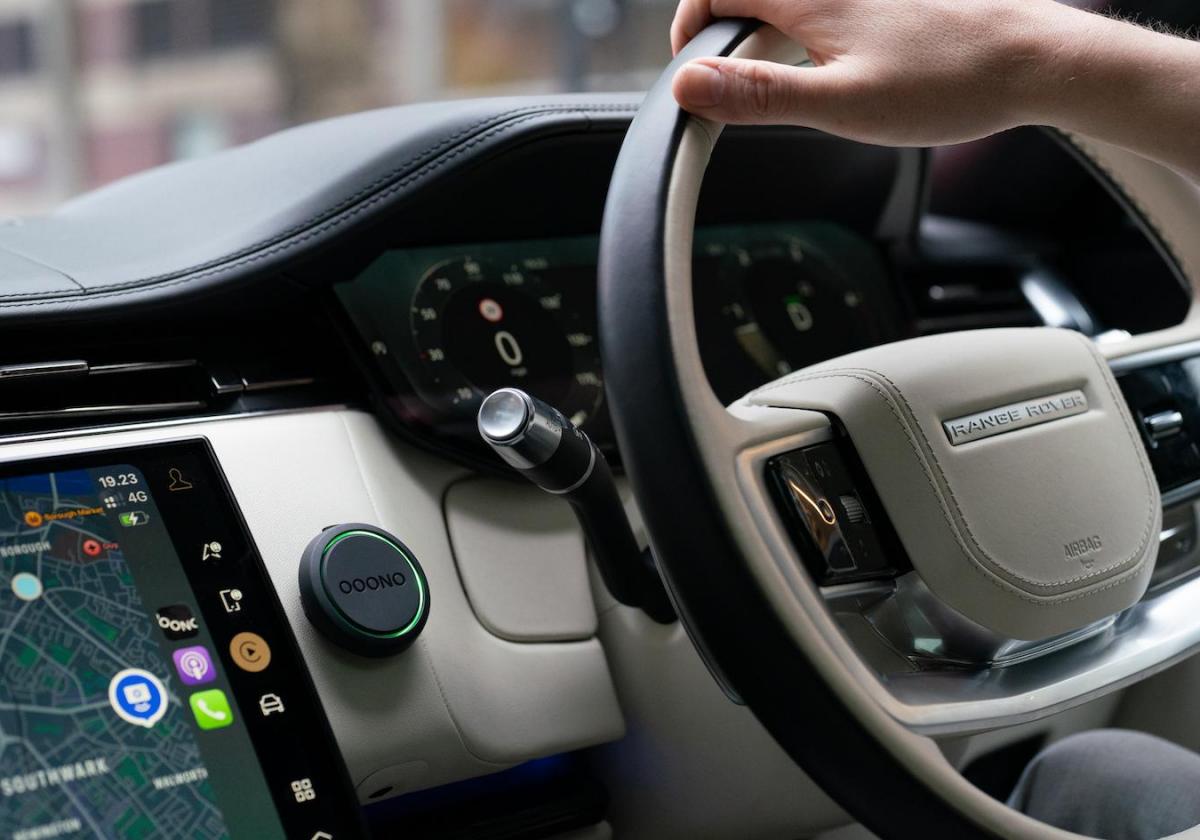The electric vehicle (EV) market continues to grow rapidly. Two of the most talked about electric sedans are the Tesla Model 3 and the new BYD Seal from China. With excitement building around both models, this buyer’s guide compares key factors to consider so consumers can determine the best match for their needs and budget.
Pricing and Availability
The Tesla Model 3 recently debuted in Malaysia with a starting price of RM189,000. Two variants are offered including Rear Wheel Drive and Long Range All-Wheel Drive. Customers can choose from basic white or pay between RM5,000-11,000 for premium colors.
Meanwhile, BYD Malaysia has generated buzz with the upcoming launch of the Seal on February 23. Exact pricing remains unannounced but is likely to be around RM180,000. The Seal comes in three model grades: Dynamic, Premium and Performance.
Driving Range
The Long Range AWD Tesla Model 3 boasts an electric driving range reaching 629km based on local testing standards. This gives it one of the longest ranges in its class. The entry Rear Wheel Drive Model 3 has a still respectable range of 513km.
BYD advertises a range up to 570km for the Premium version Seal equipped with an 82.5 kWh battery. The Performance flagship touts over 500km range thanks to AWD and a larger battery. Real-world results remain to be validated.
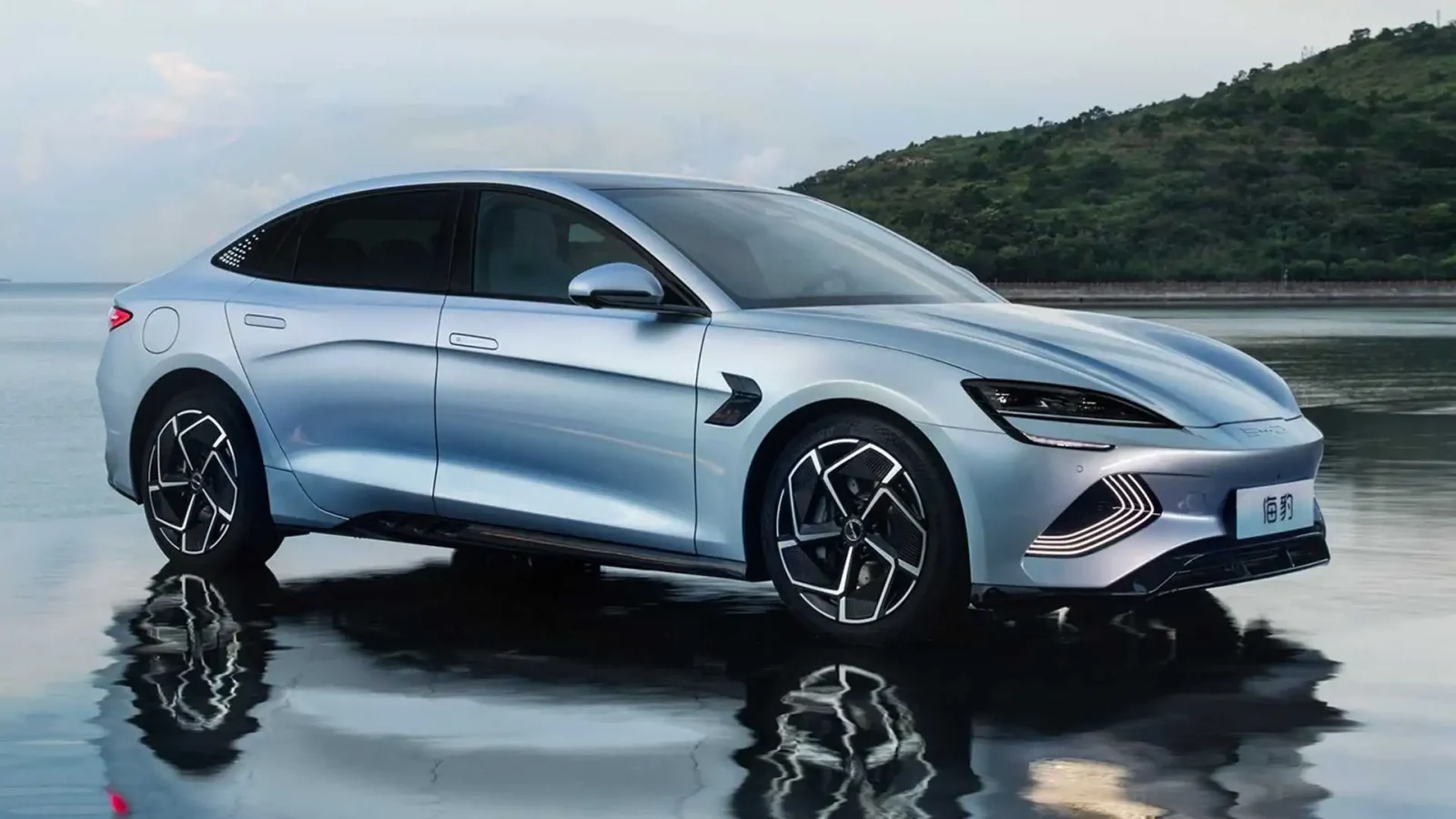
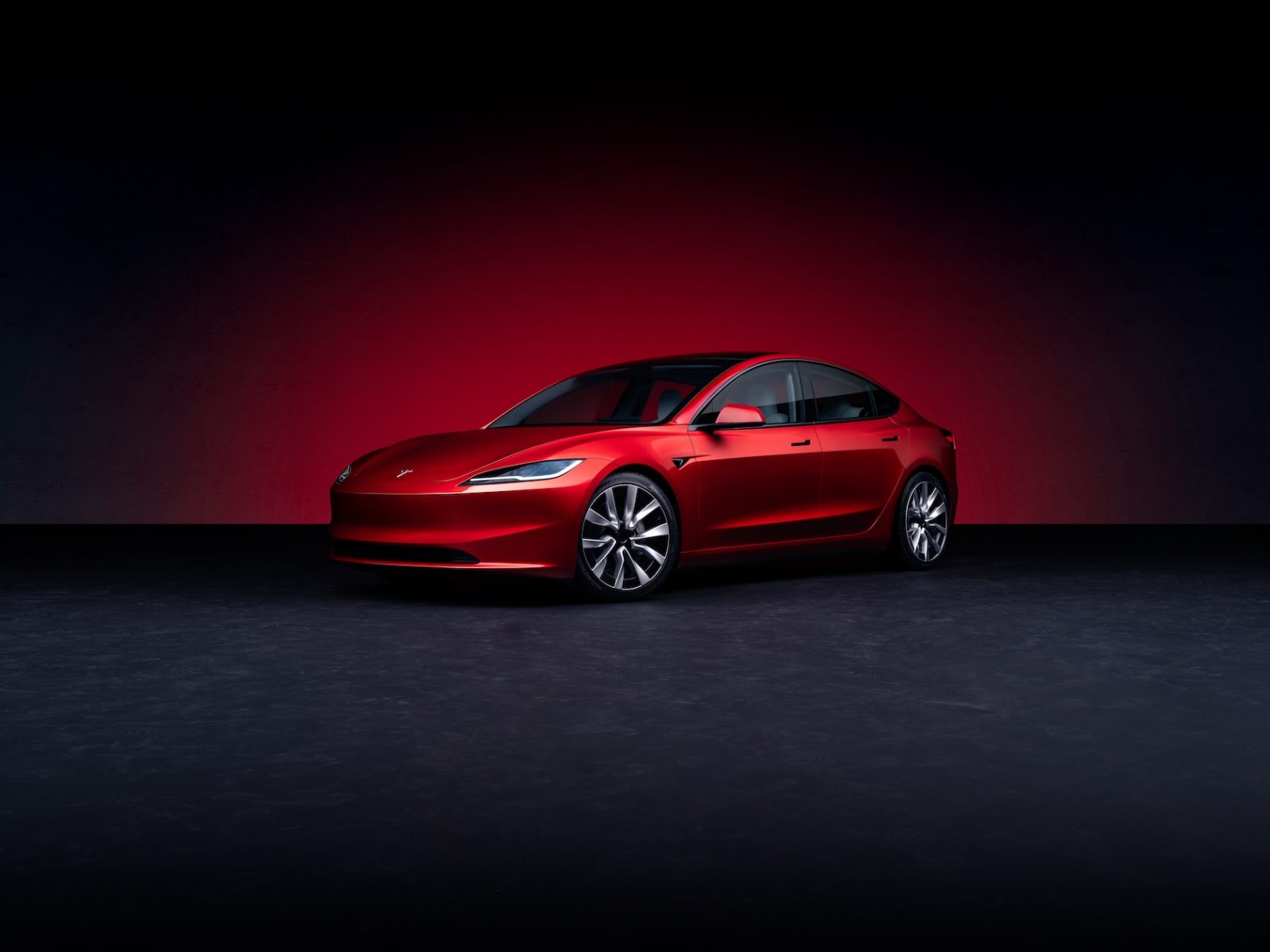
Performance
In their highest trims, both EVs promise sports sedan-like acceleration. Tesla’s AWD Model 3 cracks off a 0-100km/h time of just 4.4 seconds. Meanwhile, early specs for the top Seal Performance peg its AWD powertrain at an impressive 3.8 seconds from 0-100 km/h.
Fear not, Tesla Model 3 Performance will come very soon and I expect it to be under 3.5 seconds.
Their straight-line performance stats beat many combustion engine models. The Seal offers three motor configurations ranging from 204 hp to 530 hp.
Battery Tech and Charging
Tesla utilizes lithium-ion batteries with proprietary technology while BYD employs more affordable LFP (lithium iron phosphate) battery chemistry. Both support DC fast charging to replenish batteries quicker when time is limited. Tesla’s Supercharger network provides an advantage in charging infrastructure versus BYD’s more limited options.
Interior Space and Features
The Model 3 seats 5 adults with reasonable room while the Seal’s larger 4.8 meter length may edge it out in passenger and cargo space. Interiors reflect each brand’s style but both emphasize tech with large center touchscreens and digital displays.
The BYD adds a rotating screen and modern touches like crystal shifter. They offer the latest comfort and safety technologies but Tesla’s cutting-edge Autopilot still leads in self-driving automation.
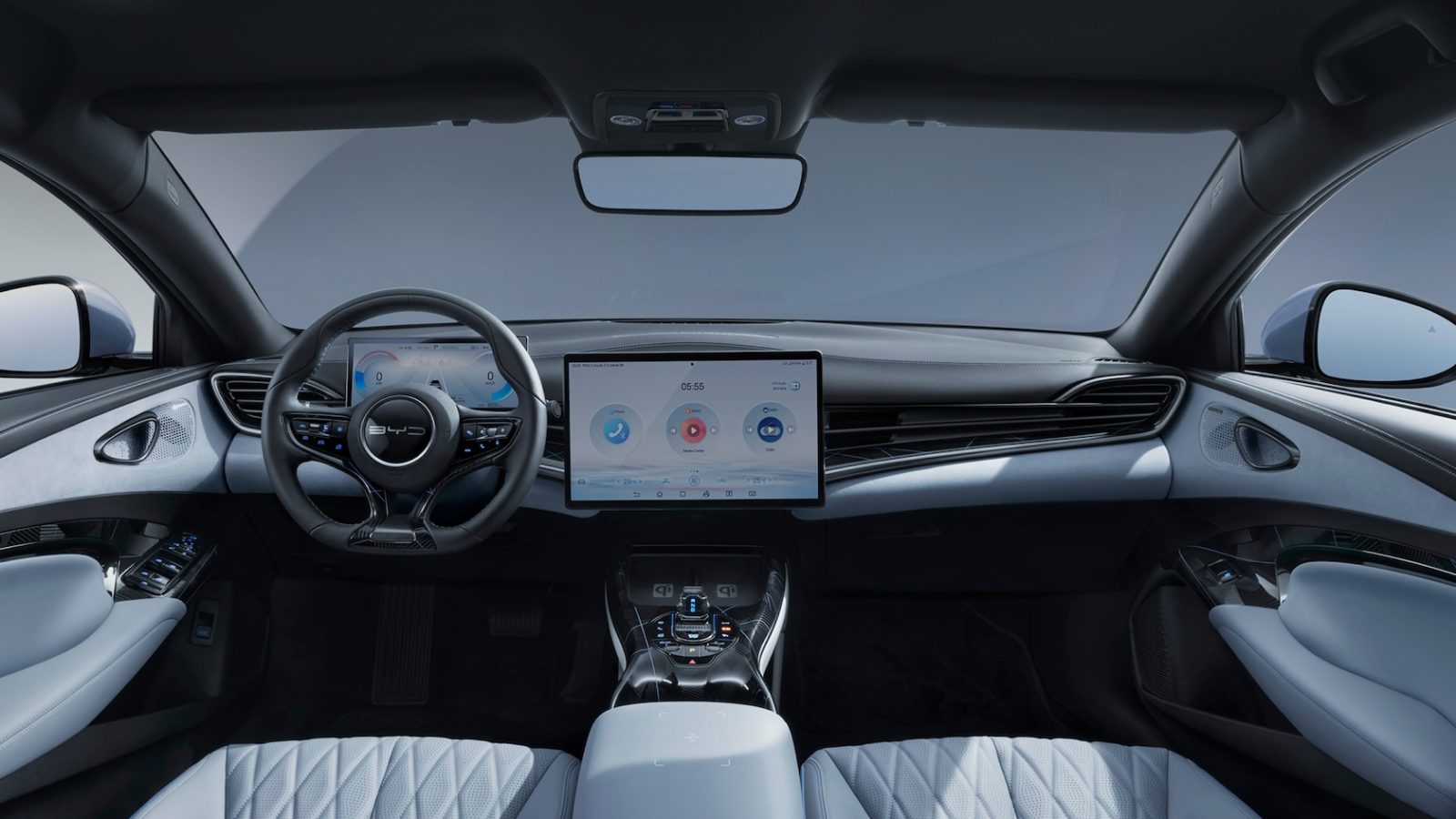
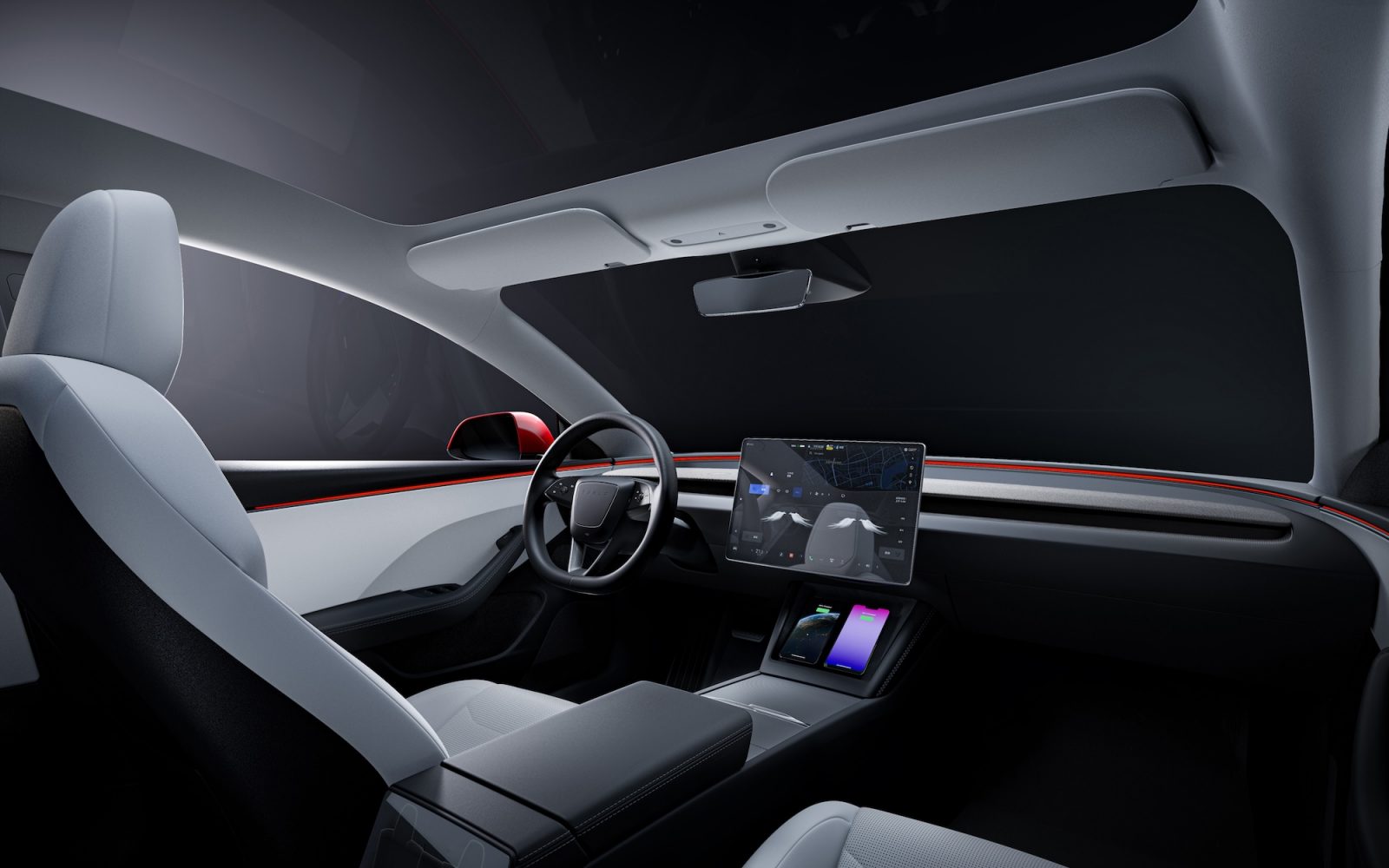
Exterior Styling
While some criticize the Model 3’s plain appearance, others applaud its minimalism. Signature front and rear light bars bookend the smooth shape that optimizes aerodynamics.
In contrast, the Seal turns heads through its flowing curves and details like the rear ducktail inspired by ocean waves. BYD wanted to convey a sense of advanced mobility through its “Ocean Aesthetics” design language.
Carlist Verdict: Which EV is the Right Pick?
The Model 3 and Seal both present compelling choices as electric sedans. While the Tesla carries higher prestige, starting price and novelty, the BYD promises to undercut it. Consider your budget, feature priorities and performance needs. Styling preference may also play a role. And lastly, compare the software and user interface. As the market expands, consumers have two highly competitive EVs to suit diverging tastes.

